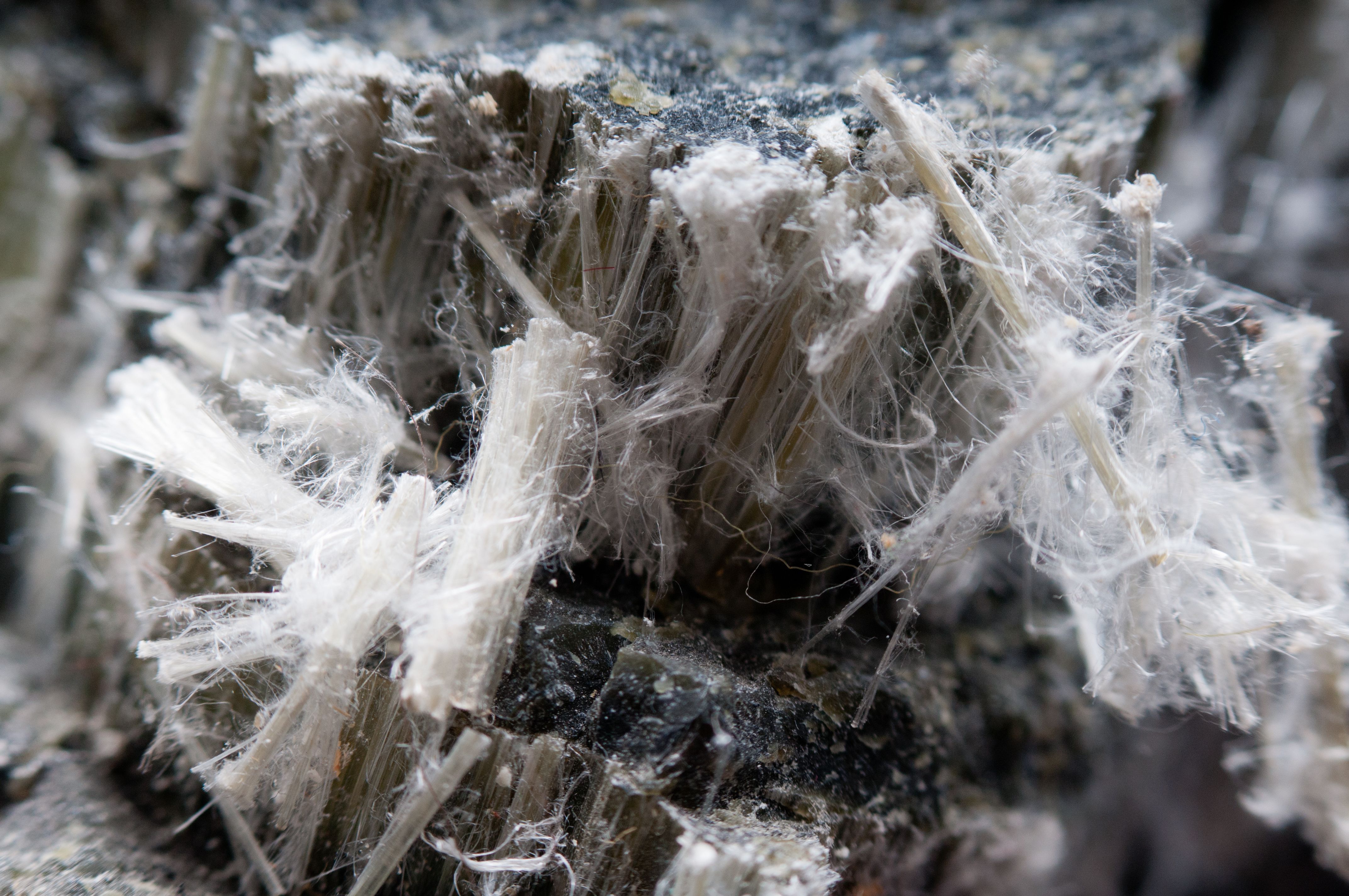Revolutionizing Asbestos Detection: Machine Learning and SWIR Spectroscopy Offer Sustainable Solutions
A study published in Sustainability by Giuseppe Bonifazi and his team at Sapienza University of Rome demonstrates how short-wave infrared (SWIR) spectroscopy combined with machine learning offers a noninvasive, accurate, and sustainable method for detecting asbestos in various materials.
In a recent study, a team of researchers from Italy tested out a new approach to detect asbestos using short-wave infrared (SWIR) spectroscopy in the 900 to 2500 nm spectral region, commonly referred to as the near-infrared (NIR) region. This study, published in Sustainability, was led by Giuseppe Bonifazi of Sapienza University of Rome (1). By combining SWIR (NIR) spectroscopy with machine learning (ML) techniques, Bonafazi and his team demonstrated how their method could be a noninvasive, efficient, and environmentally friendly alternative to conventional laboratory-based asbestos testing (1).
Asbestos chrysotile fibers. | Image Credit: © Terry Davis1/Wirestock - stock.adobe.com

Asbestos is a mineral fiber found in rock and soil, and it is often found in attic and wall insulation of pre-1980s construction, vinyl floor tiles, and shingles (2). Asbestos is used in a lot of building materials because it is heat-resistant and because of its fiber strength (2). However, when asbestos materials are damaged, the fibers enter the air, and this can cause some negative health effects, including lung disease (2).
In this study, the researchers wanted to see whether SWIR (NIR) spectroscopy, when combined with ML algorithms, can distinguish different types of asbestos-containing materials (ACMs), asbestos-contaminated soils, and asbestos-contaminated cement (1). Detecting asbestos has been an ongoing challenge because of the methods primarily used. Because current methods require extensive sample preparation and can generate hazardous waste, the researchers wanted to see if SWIR (NIR) was able to conduct real-time, in situ testing with minimal environmental impact (1).
To analyze and classify asbestos-containing samples, the researchers tested five different ML classification strategies. These were as follows: classification and regression trees (CART); error-correcting output-coding support vector machine (ECOC SVM); principal component analysis-based k-nearest neighbors (PCA-KNN); partial least squares discriminant analysis (PLS-DA); and principal component analysis-based discriminant analysis (PCA-DA) (1).
The team found that CART and ECOC-SVM performed the best. Both these strategies achieved a perfect recall (1.00) and accuracy (1.00) (1). PCA-KNN also performed well, with recall values ranging from 0.98 to 1.00 and perfect accuracy (1). In contrast, PLS-DA and PCA-DA exhibited lower recall values (0.66–0.72) and accuracy scores of 0.95 (1).
By offering a rapid and reliable asbestos detection method, the technology can significantly reduce human exposure to hazardous fibers, thereby enhancing public health protection. Additionally, the noninvasive nature of SWIR spectroscopy minimizes waste generation, contributing to more sustainable environmental practices (1).
One important aspect of this study was that the researchers proposed a method that could be implemented in portable devices for on-site testing. Currently, one of the major trends in the industry is that analysts seek smaller and more miniature spectrometers (3). Handheld spectrometers operating in the visible-SWIR (vis-NIR) range provide a cost-effective solution for detecting asbestos in diverse settings, including soils, cement, and other contaminated materials (1).
Although the study demonstrates the effectiveness of ML-assisted SWIR (NIR) spectroscopy, the researchers highlight a few issues that need to be addressed. For one, there needs to be a wider examination of environmental variables and how they impact their method’s performance. Humidity, temperature fluctuations, and sample heterogeneity could influence measurement accuracy, for example (1). The researchers stated in their study that future studies should tinker with their methodology to account for these factors (1).
One other important area that could use further refinement is developing a spectral library for both anthropogenic and naturally occurring asbestos materials. Developing this spectral library, the researchers explain, would improve classification accuracy and expand the applicability of the method across different industries and geographical regions (1). Collaborative efforts between researchers, regulatory agencies, and industrial partners could facilitate the integration of this technology into standard safety protocols.
The integration of SWIR (NIR) spectroscopy and ML could represent a new pathway to improve asbestos detection. By offering a fast, reliable, and sustainable alternative to traditional methods, this approach has the potential to transform environmental monitoring and occupational safety (1). Because this technique can be integrated into portable devices, it offers an advantage for those seeking to conduct on-site analysis and ultimately reduce health risks and promote sustainable analytical practices.
References
- Bonifazi, G.; Bellagamba, S.; Capobianco, G.; et al. Short-Wave Infrared Spectroscopy for On-Site Discrimination of Hazardous Mineral Fibers Using Machine Learning Techniques. Sustainability 2025, 17 (3), 972. DOI: 10.3390/su17030972
- U.S. Environmental Protection Agency, Learn About Asbestos. EPA.gov. Available at: https://www.epa.gov/asbestos/learn-about-asbestos (accessed 2025-04-02).
- Crocombe, R. Spectrometers in Wonderland: Shrinking, Shrinking, Shrinking. Spectroscopy Suppl. 2022, 37 (s11), 6–11. DOI: 10.56530/spectroscopy.lz8466z5
NIR Spectroscopy Explored as Sustainable Approach to Detecting Bovine Mastitis
April 23rd 2025A new study published in Applied Food Research demonstrates that near-infrared spectroscopy (NIRS) can effectively detect subclinical bovine mastitis in milk, offering a fast, non-invasive method to guide targeted antibiotic treatment and support sustainable dairy practices.
New AI Strategy for Mycotoxin Detection in Cereal Grains
April 21st 2025Researchers from Jiangsu University and Zhejiang University of Water Resources and Electric Power have developed a transfer learning approach that significantly enhances the accuracy and adaptability of NIR spectroscopy models for detecting mycotoxins in cereals.
Karl Norris: A Pioneer in Optical Measurements and Near-Infrared Spectroscopy, Part II
April 21st 2025In this two-part "Icons of Spectroscopy" column, executive editor Jerome Workman Jr. details how Karl H. Norris has impacted the analysis of food, agricultural products, and pharmaceuticals over six decades. His pioneering work in optical analysis methods including his development and refinement of near-infrared spectroscopy, has transformed analysis technology. In this Part II article of a two-part series, we summarize Norris’ foundational publications in NIR, his patents, achievements, and legacy.